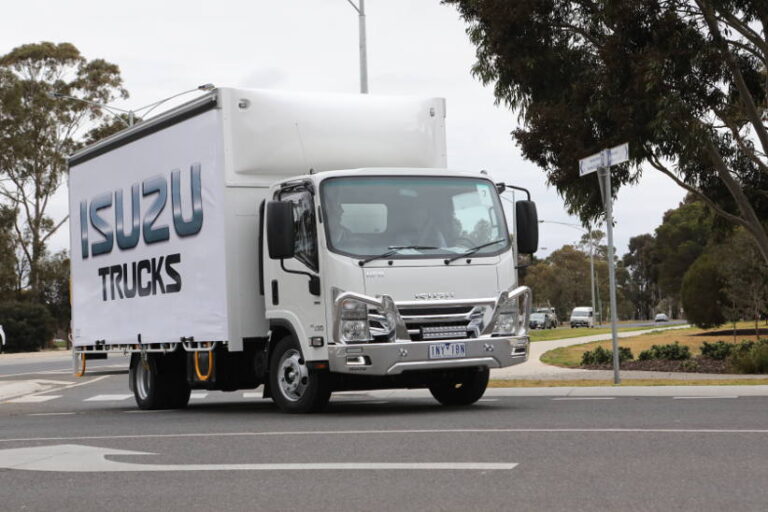Isuzu Australia Limited (IAL) released the Future of Trucking Report late in 2020 after conducting extensive research in Australia. They commenced the survey in 2019 prior to the COVID pandemic and then revisited the market post-COVID to understand the changes and impacts on the industry during 2020.
In what is considered the largest road transport survey in Australia, IAL gathered data from more than 1,000 respondents to understand the key issues which has provided some valuable insights on the state of the industry.
There were no surprises in the industry overview. Based on the location of the responses, the majority of transport activity is on the east cost with QLD 20%, NSW 33% and VIC 28%. The report separates the industry into two broad segments; 1) Distribution, and 2) Ancillary.
Distribution is separated in three sub-segments contributing to 60% of the truck market:
- Transport, Postal and Warehousing (33%)
- Wholesale Trade (19%)
- Utilities Electricity, Gas, Water and Waste Services (8%)
Ancillary segment is broken down into 16 sub-segments which are the remaining 40% of the truck market.
When broken down by workload and fleet size the data shows that the majority (58%) of goods in Australia are transported by organisations of varying sizes in metro areas that travel less than 100k per day and return back to base on the same day. Did someone say EV?
Images of the traditional truck market (i.e. semi-trailers) travelling across states for thousands of kilometres during the night is only 14% of the market. These vehicles which will travel more kilometres, consume more fuel and require more maintenance, are part of larger fleets with six or more trucks.
Organisations with large fleets are preparing for future industry changes and are more likely to be using data and technology to manage their operations. In the report, 29% of businesses said they were using data to manage fleets more effectively, and 20% are investing in fleet management technologies.
Larger fleet operators are using technology to provide a safer workplace for their drivers and a safer road network. They are also focused on implementing systems to ensure compliance with safety regulations such as the Chain of Responsibility (CoR) laws.
According to the findings in the report, small and medium size fleet operators face similar challenges to larger fleets. They are also planning to use the technology available in the latest generation of trucks to improve safety and increase operational efficiencies.
Awareness, compliance and management of CoR is looking like the biggest issue for smaller fleets over the next few years.
Brett Stewart, National Service Manager at IAL, suggests in the report that engagement is an issue for businesses that own a fleet of trucks but transport isn’t their core business.
“One area where more work needs to be done is the issue of vehicle maintenance and servicing”, says Stewart. “This is an area where many, especially small to medium sized fleets struggle. They struggle to simply keep up with appropriate vehicle maintenance regimes, let alone the planning involved to mitigate the risks associated with CoR.”
To read the report in full click here to download a copy of the Future of Trucking Report.






